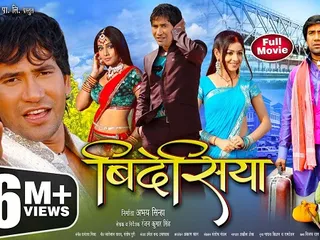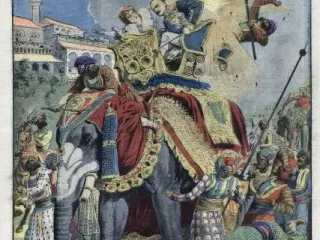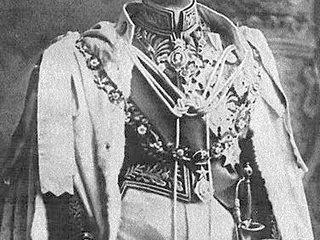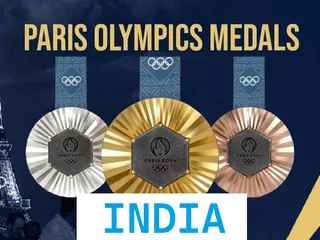Daal Chawal (दाल चावल), meaning lentil and rice in Hindi, is a cornerstone of Indian cuisine. This simple yet incredibly satisfying dish is a testament to the country's culinary prowess, offering a complete and balanced meal with minimal ingredients.
Nutritional Benefits:
Daal Chawal is a nutritional powerhouse, providing a good source of:
- Protein: Lentils are an excellent source of plant-based protein, essential for building and repairing tissues.
- Carbohydrates: Rice provides the body with energy.
- Fiber: Both lentils and rice contain fiber, which aids digestion and promotes gut health.
- Vitamins and Minerals: The dish is a source of various vitamins and minerals, depending on the type of lentils and rice used.
Variations:
The beauty of Daal Chawal lies in its versatility. Variations abound based on the type of lentils used (masoor dal, toor dal, chana dal, etc.) and the way the rice and lentils are cooked. Some common variations include:
- Masoor Dal Chawal: Made with red lentils, this version is quick to cook and has a bright orange hue.
- Toor Dal Chawal: Prepared with pigeon peas, this offers a richer, slightly tangy flavor.
- Moong Dal Chawal: This uses yellow split mung beans, resulting in a creamy and subtly sweet dish.
Making Daal Chawal:
While recipes vary, the basic process involves cooking the lentils and rice separately, often with spices like turmeric, cumin, and ginger. Many recipes can be found online. A simple search for "Masoor Dal Recipe" or "Toor Dal Recipe" will yield numerous results.
For a visual guide and step-by-step instructions, I recommend checking out reputable cooking websites like Indian Healthy Recipes or Tarla Dalal which offer various Daal Chawal recipes.
Conclusion:
Daal Chawal is more than just a meal; it's a cultural icon, representing simplicity, nourishment, and the heart of Indian home cooking. Its adaptability and nutritional value make it a dish enjoyed by millions across the globe.


















































